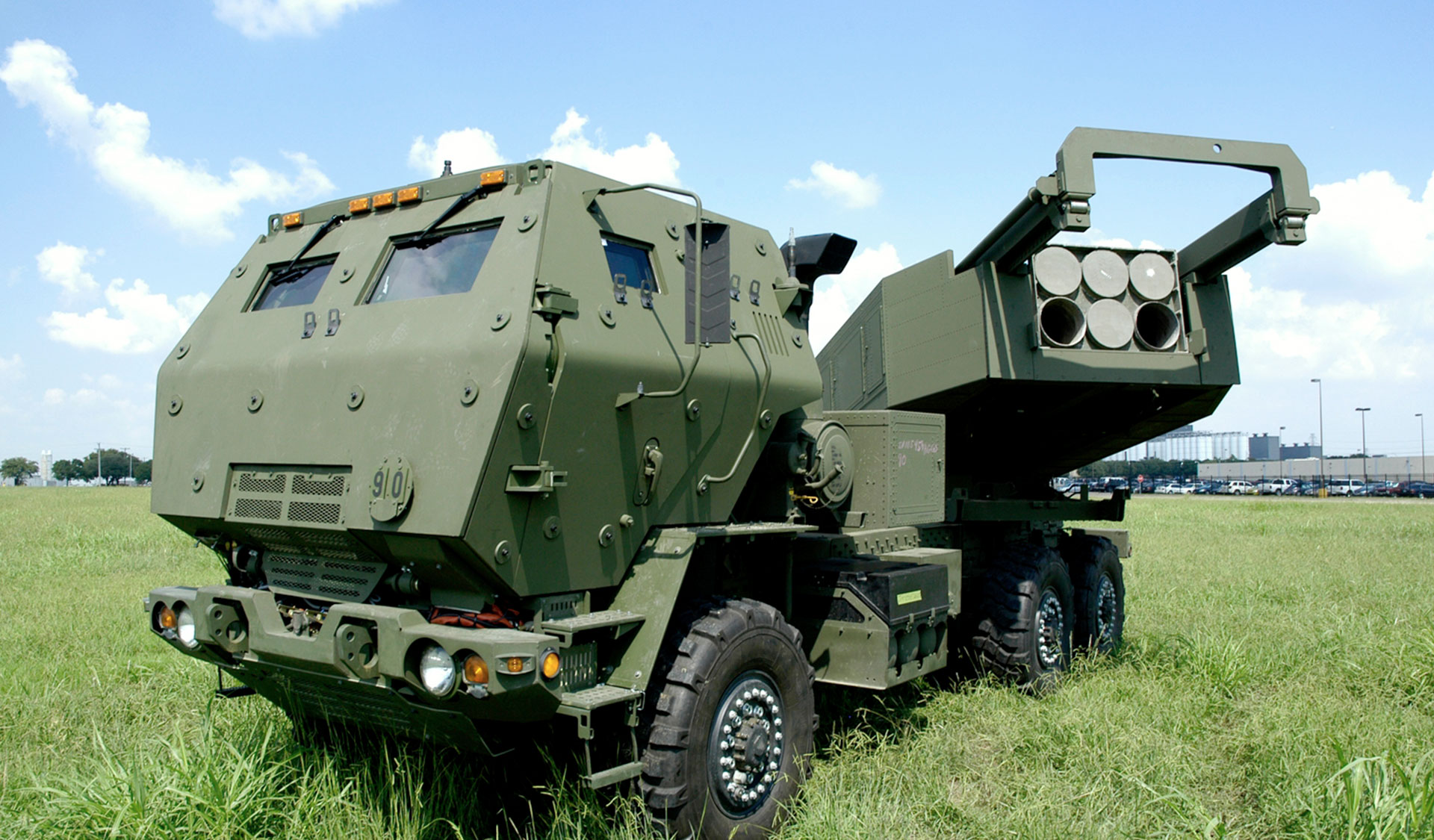SOURCE: RAUNAK KUNDE / NEWS BEAT / IDRW.ORG


The Indian Army has taken a significant step toward modernizing its artillery capabilities by releasing a Request for Information (RFI) on May 16, 2025, for the procurement of a next-generation, pod-based Multiple Launch Rocket System (MLRS) under the Make in India initiative. This advanced system, designed to enhance the Regiment of Artillery’s firepower, is set to support multiple calibers and operate across diverse terrains, aligning with India’s strategic needs in a rapidly evolving security landscape.
The RFI outlines stringent requirements for the MLRS, emphasizing versatility, mobility, and compatibility with existing and future systems. The system must support multiple calibers—122mm, 214mm, and 300mm or larger—enabling it to fire a range of rockets, including loitering munitions (LM) and all existing or under-development ammunition compatible with these calibers. This multi-caliber capability ensures operational flexibility, allowing the MLRS to engage varied targets with precision and lethality. The pod-based architecture, inspired by systems like the U.S. M142 HIMARS, facilitates rapid reloading and streamlined logistics, enhancing battlefield efficiency.
Designed for India’s diverse geography, the MLRS is expected to perform effectively in plains, semi-deserts, deserts, and high-altitude areas up to 5,500 meters. This requirement reflects the Army’s need for a system capable of operating in challenging environments, from the arid borders of Rajasthan to the rugged peaks of the Himalayas, including high-altitude regions along the Line of Actual Control (LAC) and Line of Control (LoC). The system will be mounted on a 6×6 or 8×8 high-mobility platform, ensuring cross-country mobility and rapid deployment to evade counter-battery fire.
A key feature of the MLRS is its compatibility with Project Shakti, the Indian Army’s Artillery Combat Command and Control System (ACCS). This digital fire control system enables networked operations, integrating the MLRS with surveillance assets, firefinder radars, and command posts for real-time targeting and coordination. The RFI also emphasizes automation, GPS-GLONASS-IRNSS navigation, and support for smart munitions, aligning with global trends in precision artillery. These features will allow the MLRS to strike deep behind enemy lines while maintaining tactical flexibility for commanders.
The MLRS builds on the success of the indigenously developed Pinaka MBRL, which has evolved from its 214mm Mk-I variant (45 km range) to the Guided Pinaka (90 km) and is now progressing toward 120 km and 300 km variants. The new system aims to unify calibers, incorporating 122mm rockets (used in BM-21 Grad), 214mm Pinaka rockets, and 300mm rockets (akin to the Russian Smerch), while supporting future munitions. This approach ensures interoperability with existing regiments and leverages India’s growing expertise in rocket artillery, as demonstrated by Pinaka’s export to countries like Armenia.
Under the Atmanirbhar Bharat mission, the RFI mandates at least 50% indigenous content, encouraging collaboration between the Defence Research and Development Organisation (DRDO) and Indian firms like Tata Advanced Systems, Larsen & Toubro, and Bharat Earth Movers Ltd. (BEML). Vendors are also required to provide lifecycle support, built-in diagnostics, and field maintenance capabilities, ensuring operational sustainability. The system’s ability to fire loitering munitions further enhances its versatility, enabling it to engage dynamic targets with precision.
NOTE: Article cannot be reproduced without written permission of idrw.org in any form even for YouTube Videos to avoid Copy right strikes. Websites doing illegal reproductions will get DMCA and Legal Notices.